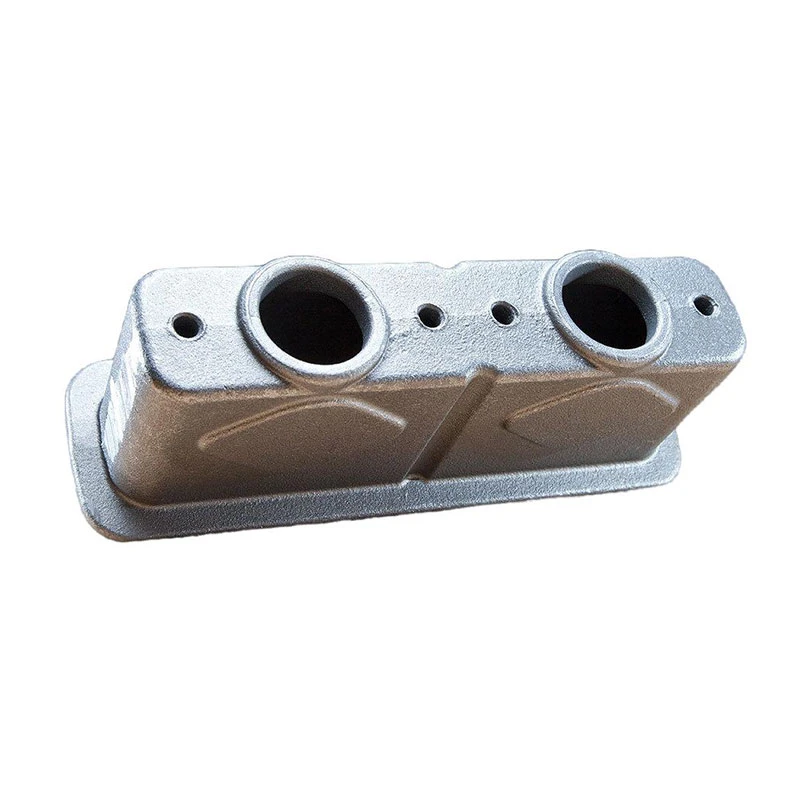Understanding the Principles of Abrasive Water Jet Machining and Its Applications
The Working Principle of Abrasive Water Jet Machining
Abrasive water jet machining (AWJM) is an advanced material removal process that utilizes a high-velocity stream of water mixed with abrasive particles to cut and shape various materials. This technology has gained considerable attention in industries such as aerospace, automotive, and manufacturing due to its versatility and ability to process a wide range of materials, from metal to glass. The working principle of AWJM involves several essential components and processes that contribute to its effectiveness as a machining method.
Understanding the Components
At the heart of the abrasive water jet machining system is a high-pressure pump, which is responsible for generating the pressurized water necessary for the cutting process. Typical systems can produce pressures ranging from 30,000 to 90,000 psi. The pressurized water is then forced through a precision nozzle, where it exits at high speed. This high-velocity water stream is not just a cutting medium; it plays a critical role in carrying and accelerating the abrasive particles toward the workpiece.
The abrasives used in AWJM are commonly materials like garnet, aluminum oxide, or silica sand. These particles are mixed with the water before being introduced to the nozzle. The selection of abrasives is crucial as it affects the cutting efficiency, speed, and surface finish of the machined part. Once mixed, the abrasive-water blend travels through the nozzle, where it is subjected to a transformation in both speed and kinetic energy.
The Cutting Mechanism
When the abrasive water jet exits the nozzle, it reaches incredibly high velocities—often exceeding 2,000 ft/s. This high-speed stream impinges on the workpiece, where the kinetic energy of the water and abrasives is converted into a cutting force. The interaction between the abrasive particles and the material occurs at a microscopic level. As the abrasive particles strike the surface, they remove small chips of material through a combination of mechanical erosion and shear forces.
The cutting action can be described as a combination of two processes the impact of the high-speed water jet and the abrasive particles. The water jet allows for a cooling effect, preventing heat buildup that can alter the properties of the material being cut, thus making AWJM suitable for materials sensitive to thermal damage. This is particularly advantageous for composite materials, plastics, and metals with critical tolerances.
abrasive water jet machining working principle

Advantages of AWJM
One of the significant advantages of abrasive water jet machining is its ability to cut through thick materials without affecting their structural integrity. This technology is non-thermal, meaning that it does not introduce heat into the workpiece, which can lead to warping or changing properties in materials like stainless steel or aluminum. Additionally, AWJM produces minimal burr formation and a smooth edge finish, which can reduce the need for secondary operations like grinding or polishing.
Another benefit of this machining technique is its flexibility. It can accurately cut complex geometries and intricate shapes, making it ideal for both prototyping and production runs. The use of computer numerical control (CNC) systems further enhances its precision, allowing for repeatability and automation in the manufacturing process.
Applications in Industry
Abrasive water jet machining has diverse applications across various industries. In the aerospace sector, engineers often utilize AWJM for cutting components out of tough materials like titanium and composites. The automotive industry also benefits from this technology, particularly in manufacturing parts with complex designs that require precise tolerances. Additionally, AWJM is widely used in the fabrication of signage, architectural elements, and even food processing equipment due to its versatility.
Conclusion
In summary, abrasive water jet machining leverages the power of high-pressure water combined with abrasive particles to offer a unique and effective cutting solution. With its capability to cut through diverse materials while preserving their integrity, AWJM stands out as a preferred choice in various manufacturing applications. As technology continues to evolve, the potential for AWJM to integrate with advanced automation and smart manufacturing processes only bolsters its position in the landscape of modern machining techniques.
-
OEM Sand Cast Pump Valve Fittings - Baoding Hairun | Precision Engineering, CustomizableNewsJul.30,2025
-
OEM Sand Cast Pump Valve Fittings - Baoding Hairun Machinery And Equipment Trading Co., Ltd.NewsJul.30,2025
-
OEM Sand Cast Pump Valve Fittings - Baoding Hairun Machinery And Equipment Trading Co., Ltd.NewsJul.30,2025
-
OEM Sand Cast Pump Valve Fittings - Baoding Hairun Machinery|Precision Engineering&Fluid ControlNewsJul.30,2025
-
OEM Sand Cast Pump Valve Fittings - Baoding Hairun Machinery And Equipment Trading Co., Ltd.NewsJul.30,2025
-
OEM Sand Cast Pump Valve Fittings-Baoding Hairun Machinery And Equipment Trading Co., Ltd.NewsJul.30,2025















